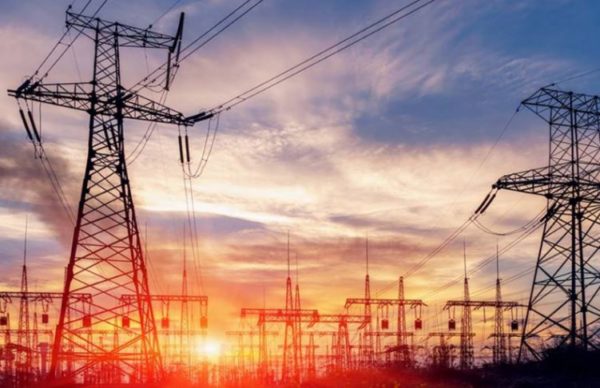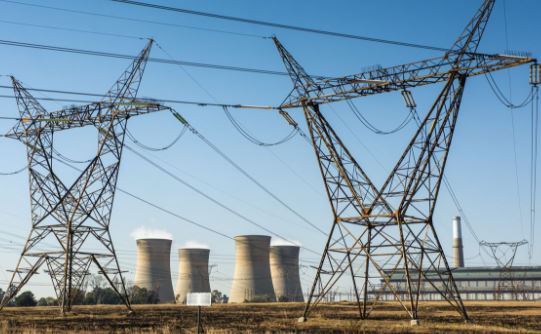Lifestyle
How to protect your electronic devices during load shedding

Eskom has warned that there may load shedding episodes for some time. There is literally nothing that can be done about the situation than being prepared.
Load shedding can be really frustrating. During all these latest power cuts, chances are you may have already experienced the results of a powerful surge on your appliances.
It is known to have a devastating impact on many electrical appliances, as well as your online lives. With that being said, here is how you can protect your devices during load shedding:
1. Charge them in advance
Charge all your devices while you have the opportunity, that way you will be able to use your mobile devices in the lights out period. Stay up to date with the load shedding schedules, it better to know when to expect it
2. Unplug cables
It is vital to unplug computer power cables from the sockets, as well as telephone cables from the modem when there is an imminent power outage. This applies to all sensitive equipment since the greatest cause of damage to equipment from a power outage is from electrical surges.
3. Be familiar with load shedding schedule
You should also acquaint yourself with your load-shedding schedule and ensure that important devices are not running or plugged in to an outlet when the power cuts out – especially your desktop PC.
4. Have distribution board surge protectors
As part of this process, power conditioners also regulate the electrical output to your equipment, ensuring they receive not only noise-free, but constant and stable power. This, too, helps increase the lifespan of your equipment, but more importantly, it protects it from power surges.
5. Get a multi-plug with a fuse
Don’t underestimate the effectiveness of a multi-plug with a fuse when it comes to protecting against damaging surges and spikes. The concept is very simple: when a surge occurs, a fuse inside the plug activates a circuit-breaker that severs the connection to the mains, saving everything connected to the plug from the surge.
6. Invest in a power bank
A power bank can be indispensable for managing your business when there is no electricity. These portable chargers will let you top up the battery of your USB-powered mobile devices so that you can keep working.
7. Invest in a UPS
A uninterrupted power supply gives you time to quit applications you are working on and to save your work before you can safely shut down your computer. A UPS also provides a “clean” energy solution, your electricity goes through it before being distributed to your computers etc, so it helps to absorb power surges.
8. Back up your data
It is always important to back up data, make it a priority to save your data offsite, in case of a hard drive crash or unforeseen electrical fault. Online “cloud-based” backups are very convenient and are mostly automated, which means that you have one less thing to worry about.
9. Have gas for cooking and lighting
Get a small LP gas bottle and lamp. It gives good quality lighting for a large area and can also be used for cooking and boiling water. It’s a good idea to keep hot water in a thermal flask so that you can make hot drinks, also consider preparing meals beforehand if you know when there’s going to be a scheduled blackout
10. Be patient
Don’t turn everything on at once, wait a few minutes before powering your devices, the power might cut out again if there is something wrong with the grid.










